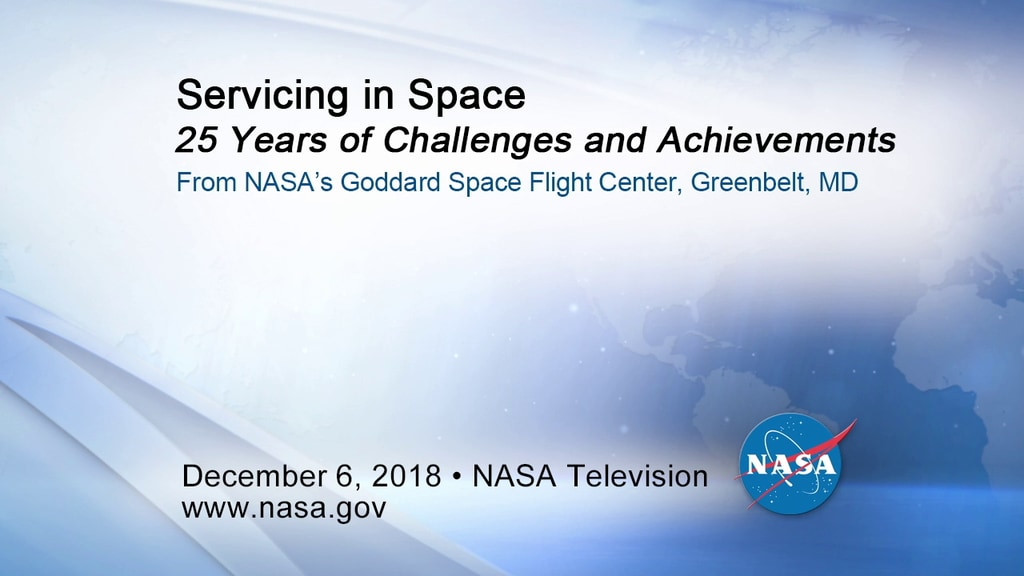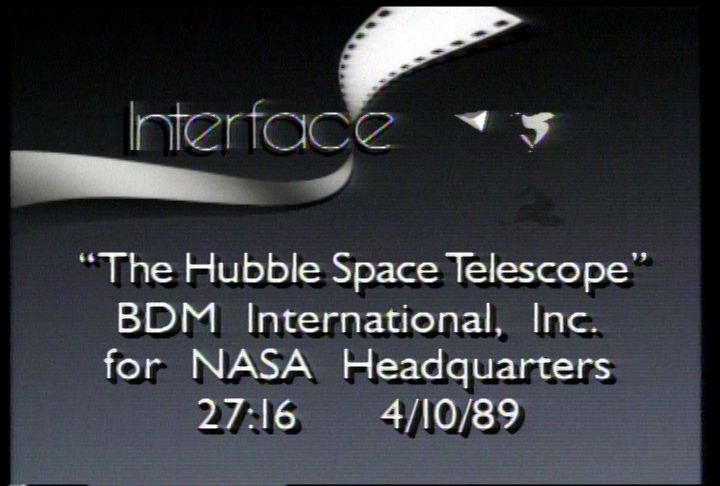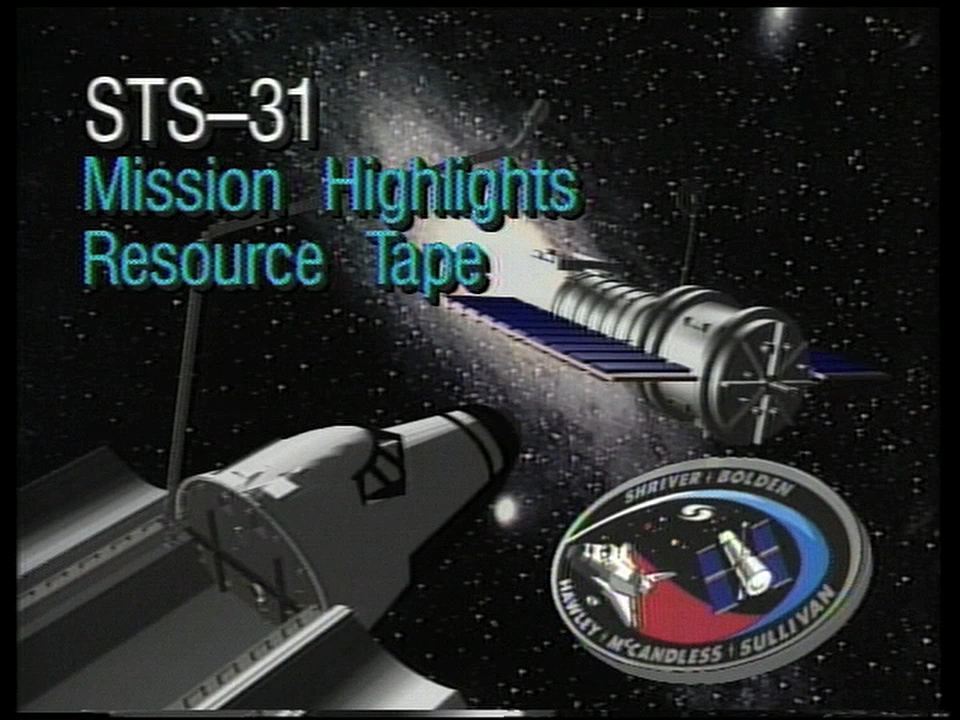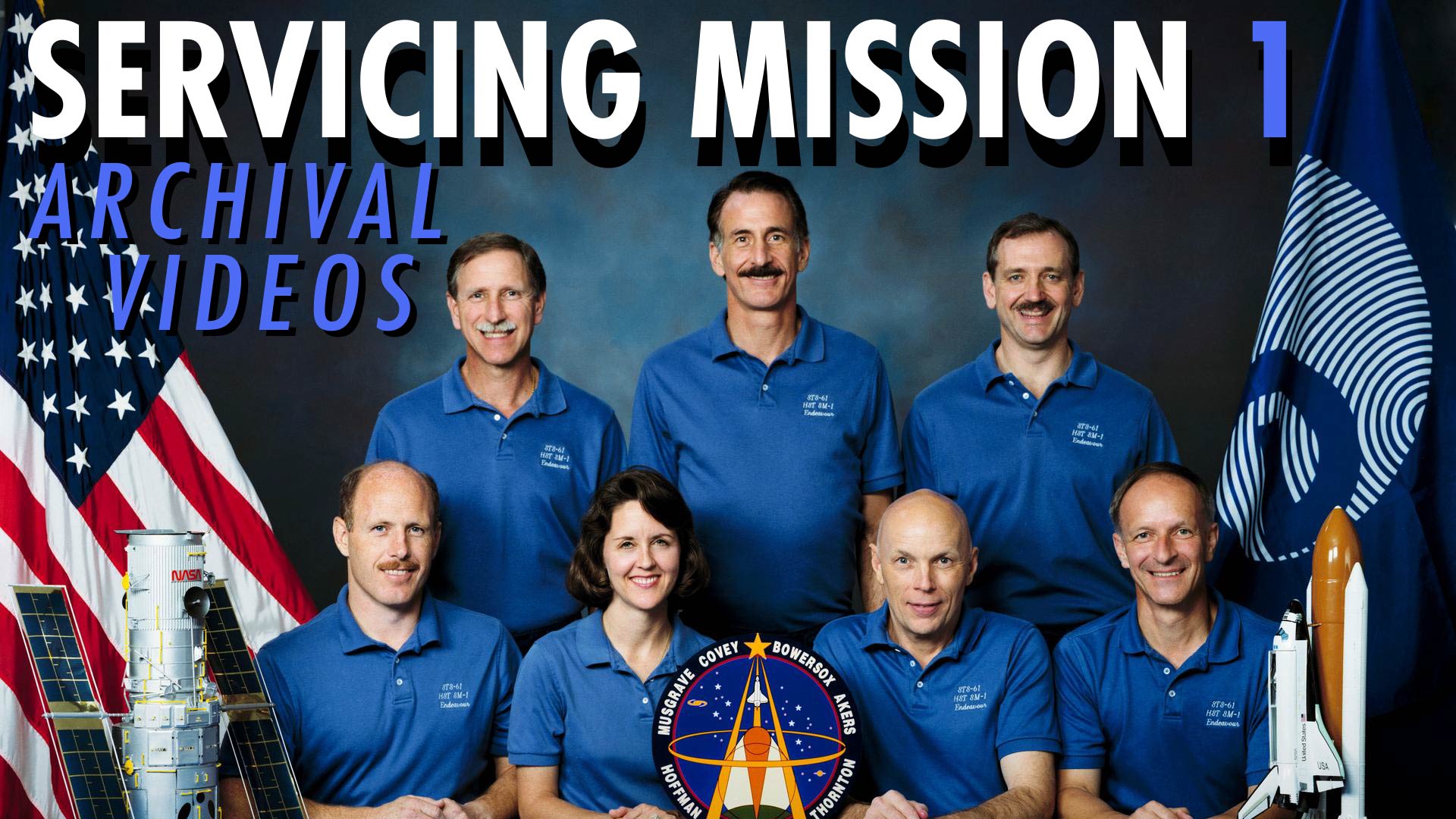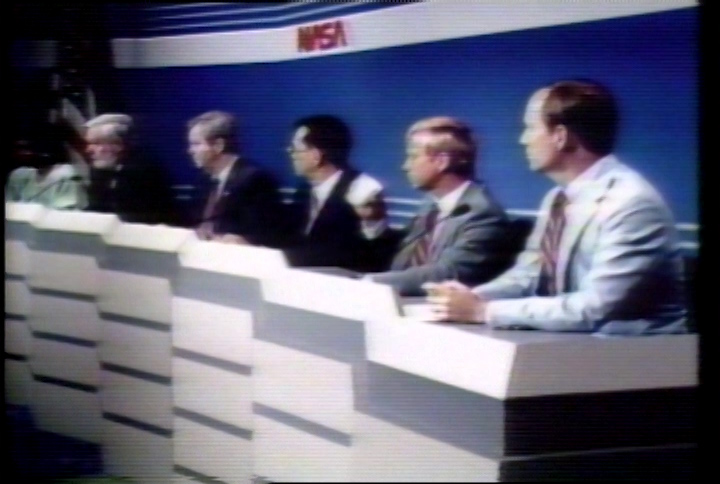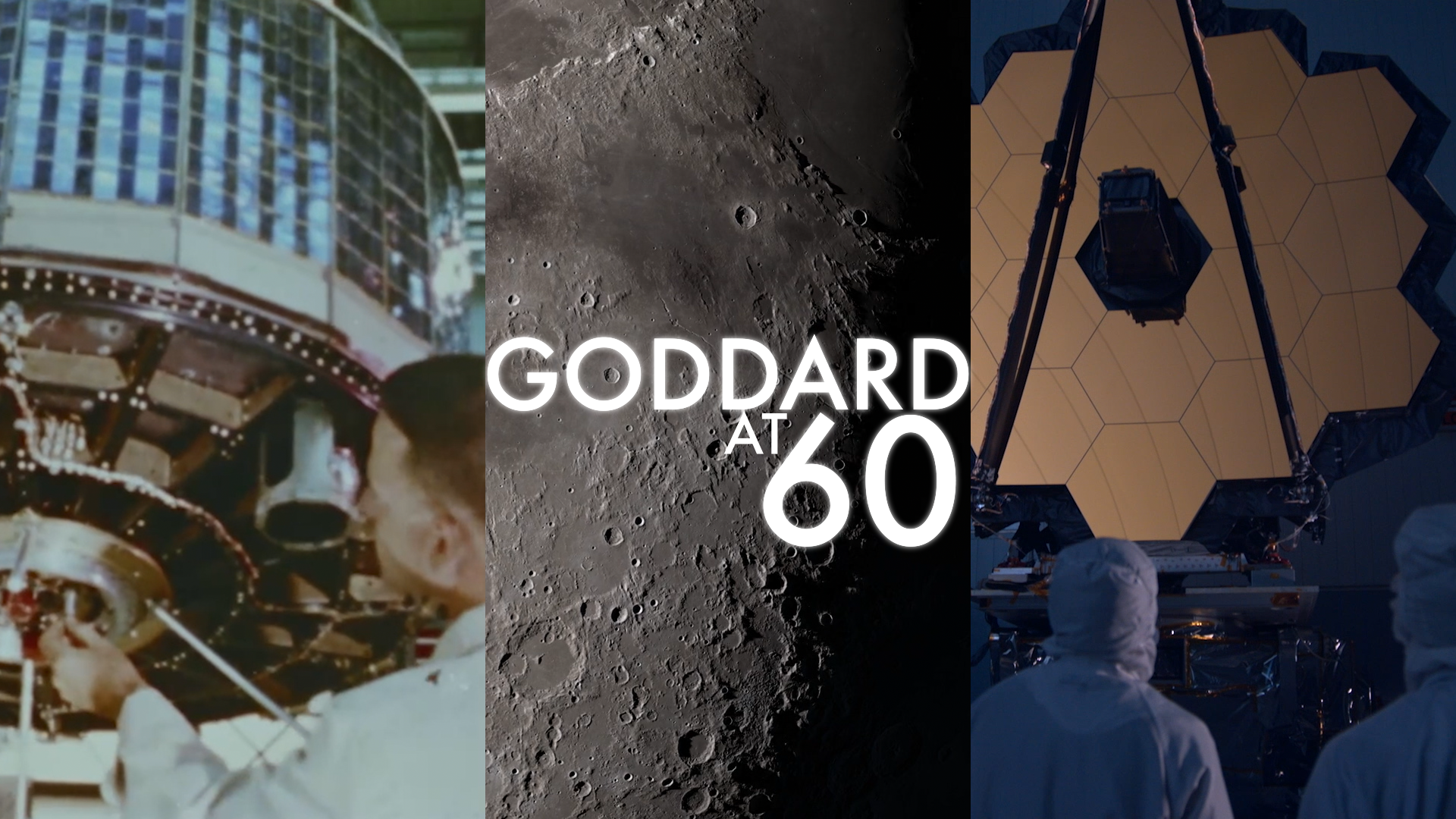Hubble Archive - Post-Servicing Mission 1
January 10, 1994 Footage
January 13, 1994 Footage (part 1 of 3)
January 13, 1994 Footage (part 2 of 3)
January 13, 1994 Footage (part 3 of 3)
July 1994 Footage
Credits
Please give credit for this item to:
NASA's Goddard Space Flight Center
-
Project manager
- James Jeletic (NASA/GSFC)
Missions
This page is related to the following missions:Release date
This page was originally published on Thursday, October 4, 2018.
This page was last updated on Wednesday, May 3, 2023 at 1:46 PM EDT.
